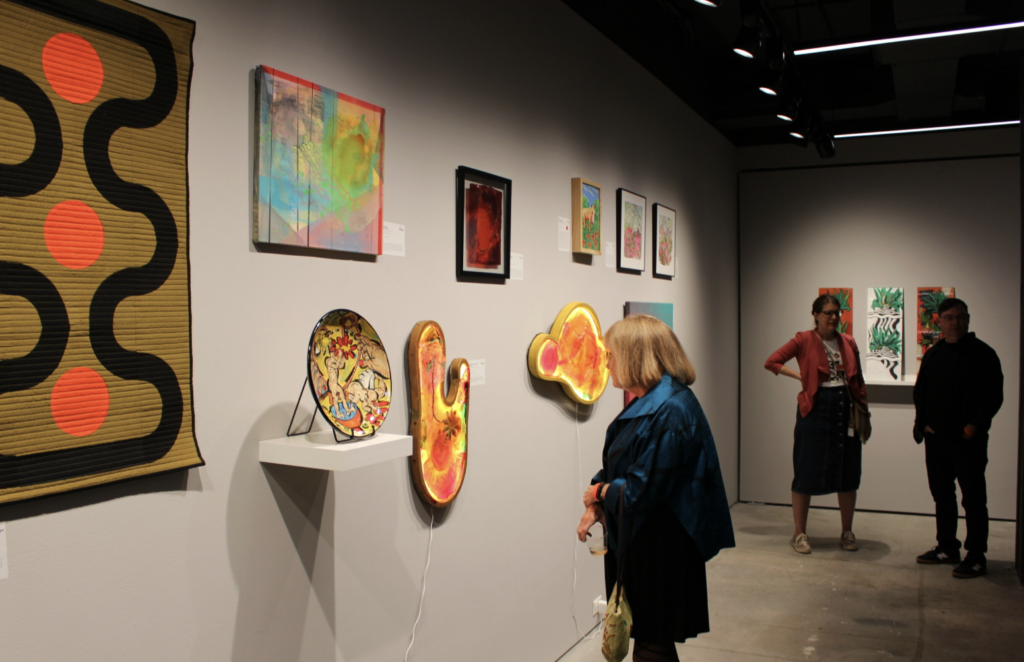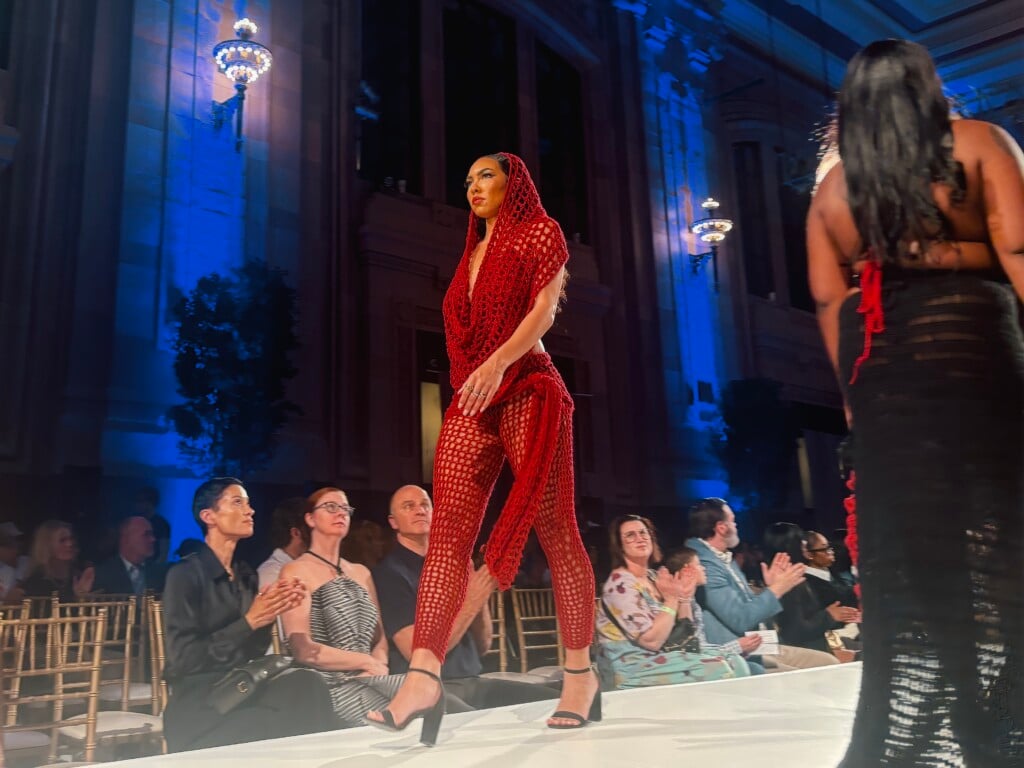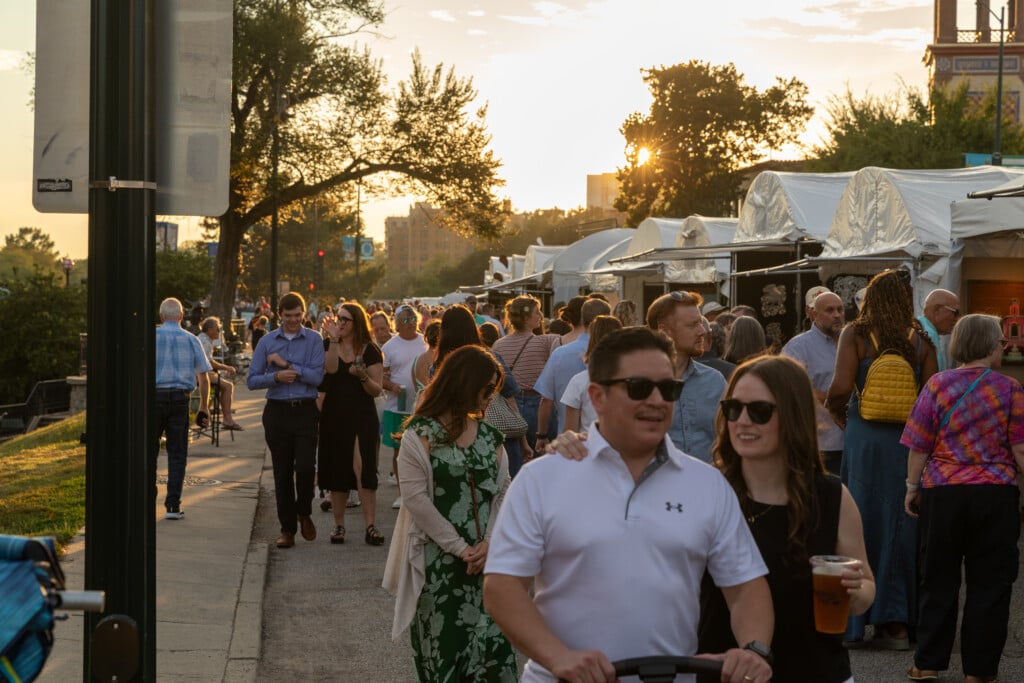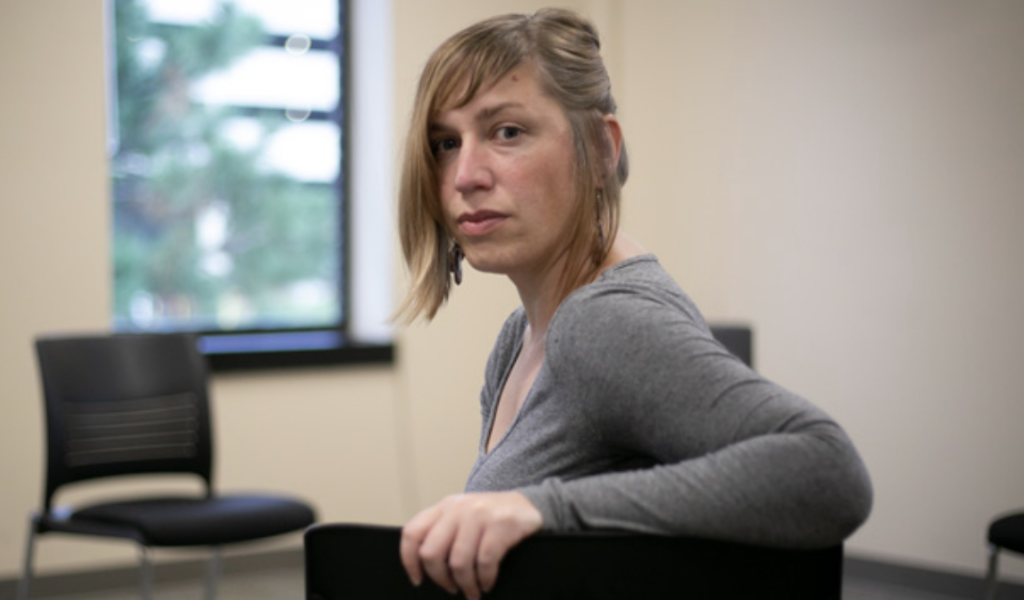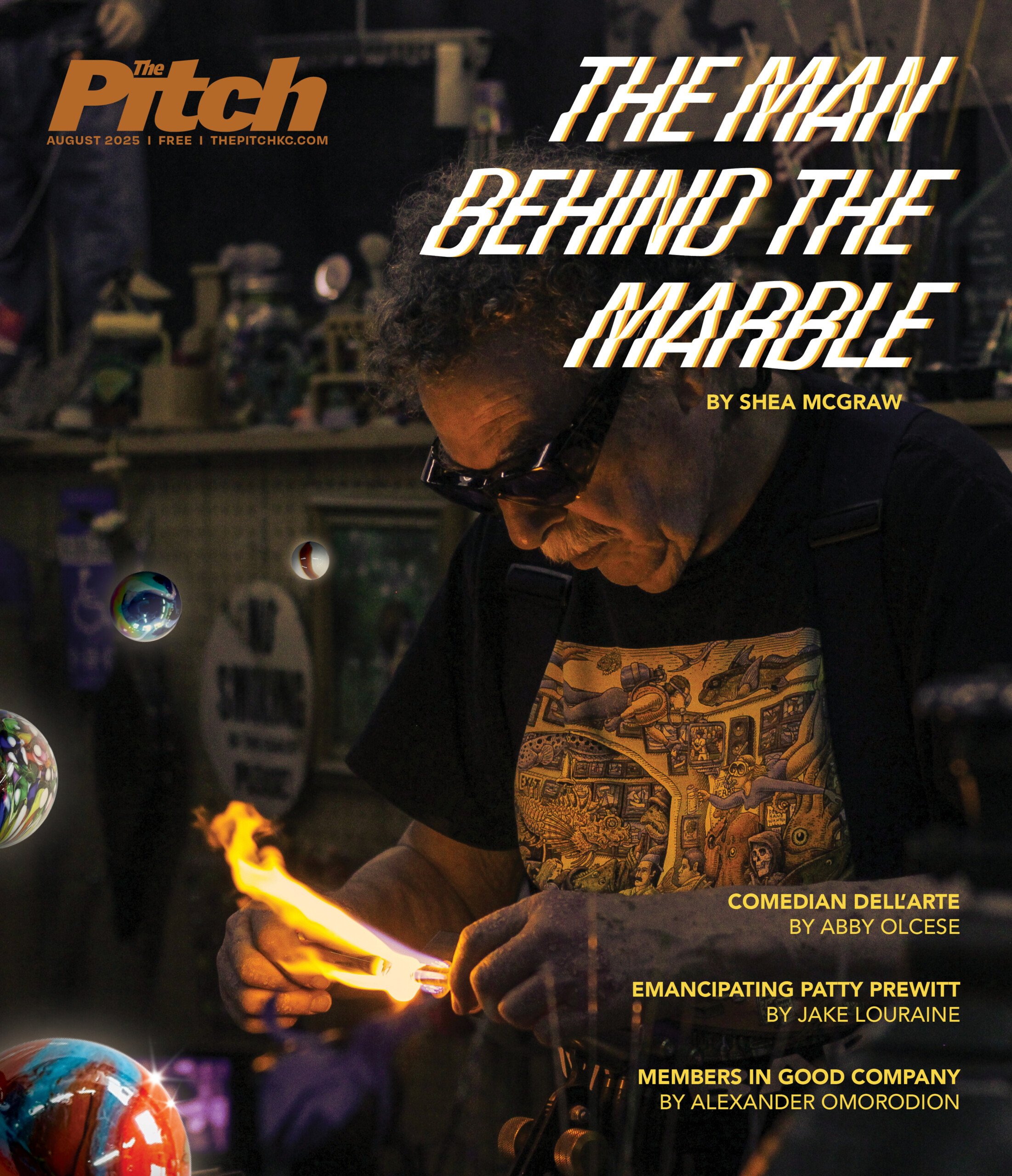Lyman Whitaker’s art reminds us to appreciate nature while we still can
The art of business parking lots. That is the art that is worth seeing. The no-tickets necessary, free-to-view, 24-hours-a-day art of our lived experience. The art that is in front of us, behind us, beside us, in our periphery as we drive along the highway, is the art that is most actively undertaking the labor of healing, caring, asking questions, and inciting change, because it is the art that is actually consumed, even if just passively.
Business parking lots, manicured lawns, cement restaurant walk-ups, the sidewalks guiding guests through botanical gardens. From these spaces, alongside white-washed gallery walls, sprout artist Lyam Whitaker’s creations. He creates the art that is casually in front of us all.
Lyman Whitaker is a Kinetic—or motion-—artist whose creative presence pervades every sphere and mode of life—His art is accessible, dynamic, sustainable, and recognizable. He is the artist behind the bronze twirling, whirring contraptions that dot Kansas City, and much of the Midwest’s visual landscape. While his art is not housed within The Nelson-Atkins Museum’s pillared halls, it is just as important to the creative ecosystem of Kansas City—because his art covers the spaces of our community that are most actively lived in—namely the suburbs.
Lyman Whitaker has been a kinetic artist for over 50 years. For the past 17 years, he has been collaborating with Kansas City’s Leopold Gallery. This 2008 collaboration has promoted the proliferation of Whitaker’s art in our community.
So the contraptions whirl. They twirl. They refract bright metallic light as they spin. But beyond their whimsical, botanical forms, what Whitaker has truly placed before us are wild masterpieces of the kinetic art form.
Within the Kinetic Art category, movement is either produced mechanically or incited and supported by the natural movement of air in space. The latter is referred to as mobiles: it is this latter category of nature-dependent mobiles that Whitaker has dedicated the last three decades of his artistic, personal, and professional life to exploring. From his workshop in Utah, populated by himself, his wife Stacy Christenson, and his brother John, Whitaker et. al build these familiar mechanical, aerodynamic, and wild works.
Whitaker’s mobile wind sculptures are a blending of artistic vision and technical skill. As the artist explains, “Embedded within the logistical mechanics of each work is artistry.” The creative heart of each work is just as impressive as the “logistical mechanics” that allow for this creativity to reverberate so clearly throughout the piece. Expanding upon Whitaker’s kind allusion to the “logistical mechanics of each work”, we see the silently supportive tenants of physics, aerodynamics, materials sciences, meteorology, metal welding, and more.
The physical and intellectual work required to successfully make a roughly 17-foot tall stainless steel structure react to the slightest of breezes is incredibly involved. Diving into these silent supporting systems from beneath the shadow of “mechanical logistics” allows us to appreciate the true depth of each of his mobiles. When looking at these whirling and twirling sculptures in the yards of our neighbors, we can appreciate them as testaments to a harmonious combination of the wild creative, and analytical ways of thinking. These works stand as a reminder of the wildness that exists even within our very own suburbs.
While these handmade, collaborative works are pillared upon an intimate understanding of the mechanical, the largest pillar running through each piece reaches deep into the damp soil. Each sculpture is literally and figuratively rooted in nature.
In a conversation about his artistic process, Whitaker pulls a piece of prairie grass from the ground and begins turning it. While the fragile, branching reed is twirled between his fingers, he shares that it is the natural forms all around him that incite and inform his creative process. The angularity of the turning weed in his hand immediately calls to mind the dramatic, branching twists and turns of his metal mobile turbines.
Be it a picked sprig of grass, a plucked leaf, or a fallen feather, each sculpture is informed by the evidence of natural forms around us. Like the forms of these sculptures, the kinetic aspects of Whitaker’s creations also have natural origins.
Each piece has been engineered in such a way as to be affected by both the wind’s strength and direction. The sculptures’ dependence on, and reactivity to, the wind makes each moment a new experience for the sculpture and viewer alike. Moment by moment, the work changes, turning at a new speed, and facing a new direction.
Ever-transforming, Whitaker’s botanically-inspired works have slowly been transforming the visual and physical landscape of Kansas City.
When speaking on his art, he shares that he believes his wind sculptures are most at home when they are planted in natural spaces, such as an arboretum or botanical garden. While many of Whitaker’s sculptures exist in spaces where nature’s presence dominates, such as the Missouri Botanical Gardens, Overland Park Arboretum & Botanical Gardens, and Powell Gardens, I believe it is the presence of his wild works in unnatural spaces that is most meaningful.
The steel, copper, and bronze materials of Whitaker’s works allow for his sculptures to exist in spaces where the sprig of prairie grass he twirled once upon a time, might not be able to thrive. While botanical in shape, Lyman’s creations do not need water, sun or soil, they are large metal contraptions that only need wind and enough room to react to it.
The metal materiality of the compositions allows them to thrive in spaces where the wild has been overly controlled or altogether eradicated. In the space of a business parking lot, for example, where concrete covers a large expanse of land, and wee bushes and flower beds are corralled into islands between parking spots the incorporation of something so deeply in tune with nature, so dynamic, so botanical in form, and so dependent upon the natural resource of wind, rewilds the space.
To rewild a space means to remove barriers and establish vibrant wildlife populations and intact, functional, and resilient ecosystems that effectively integrate people. Rewilding also stands for a change in the way humans, as an integral part of the wild, think. It is this second portion of rewilding’s definition that Whitaker’s sculptures play into. In re-incorporating nature via his wind mobiles into no-longer-natural spaces, Whitaker is bringing nature back to the forefront of our minds and hearts. He places the wild into spaces where the wild can no longer exist. He places art in the periphery of our lived experience: In the walk-up of the Children’s Campus of Kansas City and the parking lots of the Lakewood Garden Cluband St. Paul’s School, the wild is recentered in space.
The reincorporation of nature in our community’s physical spaces is a crucial step in reincorporating nature in our personal, mental, and emotional spaces. By placing wild art in the periphery of our lived experience, in our business parking lots, he is changing the way we conceptualize the wild. Nature is not an element that is separate from us; It thrives beneath the tar and cement, it warms our cheeks as we walk into work, and it moves the mobiles we see dotting the entrance.
In areas where nature has been leashed, corralled, or exterminated—parking lots, manicured lawns, pesticide-controlled gardens, sidewalks—it is all the more important that wild components are reintroduced into the environment. The wind sculptures may not physically heal the soil they are pounded into, but through their unyielding, wholly botanical wind-dependent presence throughout our community, we can attempt to mend our alienated relationship with nature. With every breeze and blow of the wind, Whitaker’s groundbreaking sculptures remind us that nature is near reorienting our relationship to the wild.
Even if Whitaker’s art fails to take this step towards reconnecting with nature in anyone else’s eyes but my own as he shares, failure is not a bad thing. “Failure often takes you into a new work.” So be they radical rewilding aspects in the visual landscape of Kansas City, or simply just gorgeous, quiet works to be admired in our city’s concrete gardens and botanical highways, let us enjoy the art we find around us. Let it take us to new work together as a community.
To see Whitaker’s work in movement, see here, The Leopold Galley, or simply take a drive around KC.




